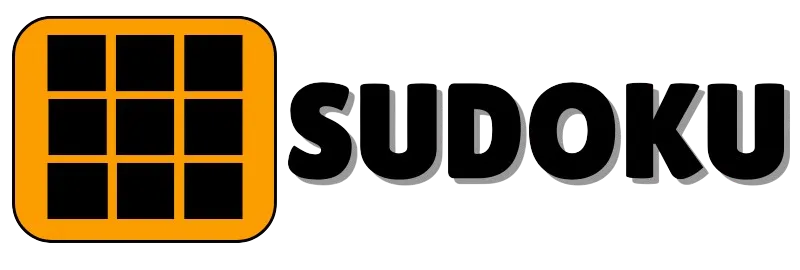The Future of Remote Work Exploring the Permanent Shift to Distributed Teams

The landscape of professional life has undergone a monumental change in recent years. What was once considered a niche or occasional perk is now an established norm. Remote work, or working from a location outside a lịch thi đấu euro office, has moved from a temporary measure to a permanent operating model for countless organizations across the globe. This major transformation is not just a trend it is a definitive shift toward distributed teams shaping the future of employment and business infrastructure. Understanding this evolution and its implications is crucial for businesses aiming to remain competitive and for professionals looking to thrive in the modern job market.
The Foundations of the Remote Revolution
The transition to mass remote work was accelerated by global events but its foundations were laid long before. Advancements in technology have been the primary catalyst. High speed internet pervasive access to mobile devices and sophisticated collaboration software have dismantled geographical barriers. Tools for video conferencing project management and cloud computing allow teams to communicate coordinate and create with unprecedented efficiency regardless of their physical location.
The Foundations of the Remote Revolution
The initial success experienced by many companies during mandated remote periods demonstrated a vital truth productivity does not depend on proximity. In fact studies have often shown an increase in productivity among remote employees who benefit from reduced commute times greater schedule flexibility and a more comfortable working environment. This empirical evidence solidified the case for distributed models moving forward.
Key Advantages Driving Permanent Remote Adoption
The decision to make remote work a permanent part of the business model is driven by several compelling advantages for both employers and employees.
Enhanced Talent Acquisition and Retention
For businesses distributed teams offer a dramatically expanded talent pool. Companies are no longer restricted to hiring individuals within a commutable distance of a physical office. This freedom allows them to recruit the best talent globally fostering greater diversity and securing specialized skills that may be scarce locally. Furthermore offering remote flexibility is a powerful retention tool with many employees now prioritizing work life balance and flexibility over traditional office structures.
Significant Cost Reduction
Operating distributed teams results in substantial savings on overhead. Companies can dramatically reduce or eliminate expenses related to real estate office utilities furniture and maintenance. These savings can then be reinvested into technology employee development or product innovation providing a tangible competitive edge.
Improved Employee Well being and Flexibility
For employees the benefits are personal and profound. Eliminating the daily commute saves time money and reduces stress. Greater autonomy over one’s workday allows for better integration of personal and professional responsibilities leading to higher job satisfaction and lower burnout rates. This focus on employee well being translates directly into a more engaged and motivated workforce.
Challenges and Solutions for Distributed Teams
While the benefits are numerous the distributed model presents unique challenges that require intentional strategies for success.
Challenges and Solutions for Distributed Teams
Maintaining Team Cohesion and Culture
One of the biggest concerns is the potential erosion of company culture and team bonding that often happens organically in a shared physical space. To counteract this successful distributed companies are deliberate about creating virtual social opportunities and using technology to humanize interactions. Regular virtual coffee breaks online team building activities and intentional nonwork related communication channels are vital for fostering connections and camaraderie.
Ensuring Effective Communication
Communication in a distributed setting must be asynchronous and highly organized. Relying on spontaneous office drop ins is no longer feasible. Best practices include documenting decisions thoroughly using dedicated channels for different topics and setting clear expectations for response times. This structured approach ensures that information flows efficiently and reduces the risk of miscommunication or information silos.
Addressing Security and Compliance
Remote setups introduce increased security risks from home networks and personal devices. Companies must invest in robust security infrastructure including virtual private networks comprehensive endpoint security and mandatory training on data protection. Clear policies regarding device usage data storage and compliance with international labor laws are essential when managing a geographically dispersed team.
The Role of Leadership in the Remote Future
The shift to distributed work demands a new style of leadership. Traditional management focused on visible presence and hours spent in the office is obsolete. Effective remote leadership is built on trust empathy and a focus on outcomes rather than observation.
Leaders must define clear goals and metrics empowering their teams to achieve them with autonomy. Regular check ins that focus on support and removing obstacles replace micromanagement. Furthermore remote leaders must be excellent communicators ensuring every team member feels informed valued and connected to the broader organizational mission. This empathetic and results oriented leadership is the linchpin of a high performing distributed team.
Preparing for the Next Evolution of Work
The permanent shift to distributed teams is more than a logistical change it is a cultural and structural evolution of how work is defined and executed. The companies that embrace this future will be characterized by their adaptability their ability to attract the best talent globally and their commitment to employee centric policies.
Future success will rely on continuously investing in the right technologies refining communication protocols and training leaders to manage in an environment where human connection is mediated by a screen but remains the most important asset. The future of work is not just remote it is distributed strategic and deeply human focused promising a more flexible sustainable and globally integrated professional world. The era of the permanent distributed team has arrived and tructiepbongda must adapt to unlock its full potential.
